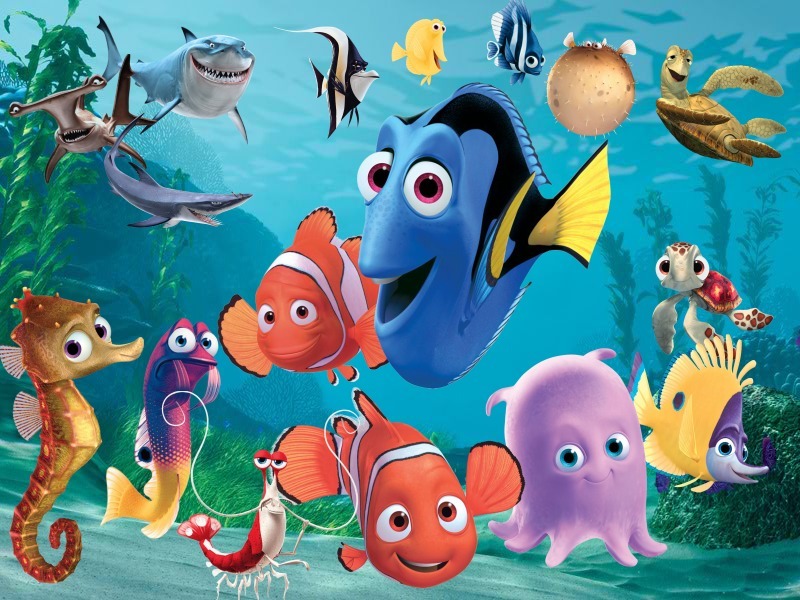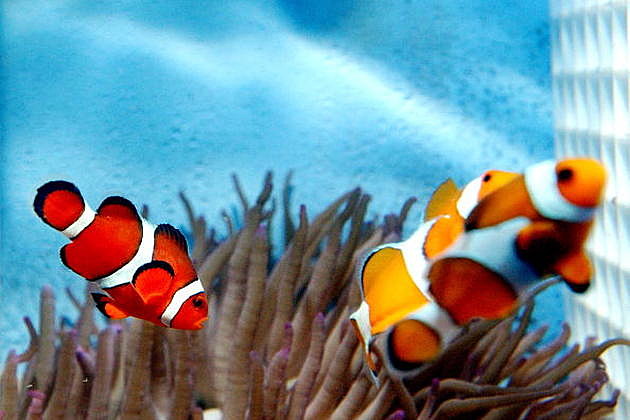

The tank should be well cycled and stable before your fish touches the water. Blue Tangs Need a Saltwater/Reef Aquariumįor the health of your blue tang, you should be familiar with keeping reef aquariums. Consider the following before purchasing a blue tang. These fish need an experienced caregiver. Results indicate that fish can remember tasks, directions, and locations anywhere from two weeks to several months to as long as a year or more.ĭory’s short-term memory loss in the Pixar movies served to show how disabilities do not limit one’s potential or value. There are multiple published studies that show fish retain memory for extended periods. While the character Dory suffered from short-term memory loss, that is not the case for all blue tangs. Blue Tangs Do Not Have Short-Term Memory Loss

In the wild, blue tangs are shoaling fish that enjoy the nearby company of others of their kind. However, she had a friendly personality and was always willing to talk to others. You will recall that Dory was often a solitary fish prior to meeting Marlin. When stressed, their color can deepen to purple, and their black lines will blanch. In low light situations, these fish can appear white with purple accents. When they are juveniles, blue tangs are bright yellow! As adults, special cells called iridophores reflect the light and lend the fish its blue color.

In severe cases, it can affect breathing and heart rate. This poison can affect humans as well, with symptoms such as headache, diarrhea, and vomiting. The ciguatera poison contained in these spines will stun and irritate other aquatic species. This species also has venomous dorsal, pelvic, and anal spines, so take care when handling this fish! They extend these highly venomous spines both for defense against a threat and to thwart territorial rivals. Surgeonfish are known for the razor-sharp spines along the base of their tail. You might think you know all there is to know about the lovable Dory, but here are a few facts that might surprise you. They need a supplemental protein source as well, such as brine shrimp or mysis shrimp. In between meals, they graze on live rock and similar tank surfaces. In an aquarium, blue tangs will eat nori (marine algae). Completely reef safe, these fish nibble on algae around the corals without damaging the delicate polyps. Without blue tangs, the overgrowth of algae could suffocate and destroy the reef system. When young, they eat mostly plankton, but as they grow, algae provide the bulk of their nutrients.īlue tangs serve a valuable role in reef ecosystems, devouring algae and keeping it under control, which allows space for the polyps to grow. You can also find them around Guam, American Samoa, and the eastern coast of South Africa. They inhabit reefs located anywhere from Australia to India, Thailand, and Japan. This species is widely dispersed in the Indo-Pacific region but is not concentrated in any one area. The clear, warm waters of their natural habitat are rich with life. Tang fish favor coral reefs and rocky areas close to shore, where the waters are from six to 130 feet (two to 40 meters) in depth. Their dorsal and ventral fins are diminutive, colored blue, and tipped with black. What Does Dory Look Like?īlue tangs are easily identified by their deep blue, oval-shaped body, contrasting with a small, bright yellow tail.Ī black line in the shape of an artist’s palate (or the number six) adorns their dorsal side. You will hear many common names for this fish, including palette surgeonfish, hippo tang, and royal blue tang. Dory is a regal blue tang ( Paracanthurus hepatus) and belongs to the Acanthuridae family of surgeonfish, of which there are more than 80 distinct species.


 0 kommentar(er)
0 kommentar(er)
